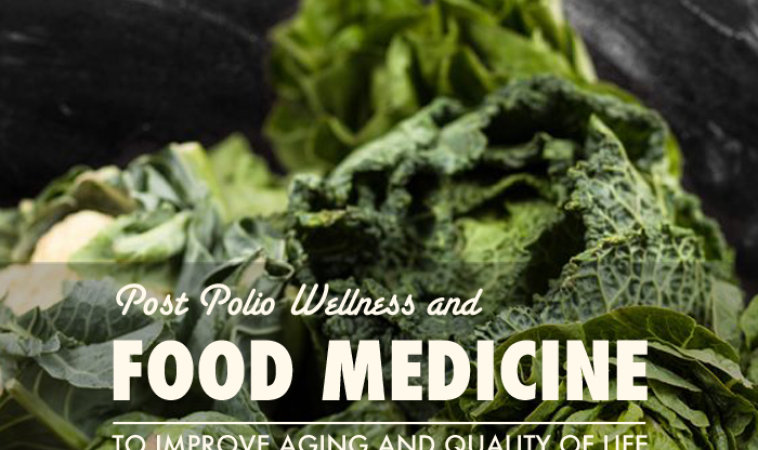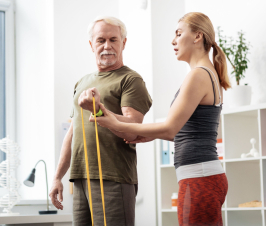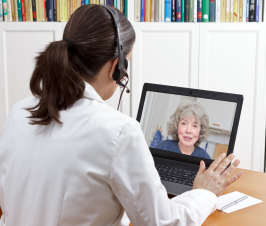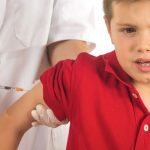A Brief History
During the 1940’s-50’s, the poliovirus infected 35,000 persons yearly. The paralyzing, life threatening epidemic prompted discovery of an injectable vaccine by Dr. Jonas Salk, first introduced in 1955.¹ In Cincinnati, Dr. Albert Sabin developed an oral vaccine, which was first tested outside the U.S. beginning in 1957, and tested inside the U.S. beginning on “Sabin Sunday”, April 24,1960.²
Live, active cases of polio in the U.S. are now “rare”, meaning less than 200,000 people. The diagnosis rate (incidence) is said to be 0 persons per/year (month/day/hour/second) as given in 1999.³ Nevertheless, since 2000, the U.S. has switched to using an injected vaccine from inactive virus (IPV) instead of the oral vaccine (OPV) from live, attenuated virus, because “a few cases of polio per year were caused by the oral vaccine itself”² The number of persons in the U.S. managing symptoms of the disease (prevalence) is said to be unknown.⁴
“Post Polio Syndrome”
Post Polio Syndrome (PPS), affecting an estimated 25-40% of polio survivors, is a diagnosis used to describe a complex of symptoms including deteriorating muscle strength, joint degeneration, musculoskeletal degeneration such as progressive spinal curvature, to breathing and swallowing difficulties. The diagnosis is “complicated” by other symptoms, factors, and similar disease pictures.
No pharmaceutical treatments are known to exist for PPS, including steroids. Nevertheless, Naturopathic medicine offers some common sense alternatives, including “food as medicine,” will certainly improve quality of life.
Post Polio Wellness
For most persons, whether or not survivors of polio, the following three pointed strategy will improve aging and overall quality of life. Modifications for taste and personal preference are assumed. Consider this as a basket of options from which one may assemble a personally suitable and satisfying lifestyle.
Improve Natural Immunity
- Consider identifying and eliminating or addressing current immune system ‘debits’ such as a) chronic allergies or “sub-clinical” infections, including symptoms of fungus and yeast (candida, oral thrush, foot fungus, vaginal yeast, jock itch); b) immune suppressant drug therapy; c) weakened adrenal health (see B); and
- Consider identifying and adding immune supportive ‘credits’ such as a) “antimicrobial” foods like garlic, onions, and the cruciferous vegetables (cabbage, Brussels sprouts, cauliflower, broccoli, kale, etc); b) probiotics such as live culture yogurt, kimchee and Kombucha; and c) a) antioxidant/anti-aging foods, especially those with Vitamin C and minerals (colorful fruits and vegetables, including green leafies).
Support the Adrenals
Adrenal gland health is a major factor in immunity, wellness and recovery from accidents, illness & stress. Foods and lifestyle choices that support adrenal function include.
- Reducing sugar & caffeine intake: their “energy” is a depleting, unsustainable energy;
- Eating “whole foods”, i.e., an apple instead of apple juice; real veggies instead of powdered veggie snacks; whole grains instead of “instant” or “minute” cereals; etc This has the net effect of “exercising” cellular health and energy production; and
- Resting and relaxation: unplugging, eating/being outdoors/with friends, laughing, meditating, etc. which promotes balancing of the stress response nervous system.
Support the Nervous System
A vast communications network, our nervous system depends the health of the nerve cells themselves, their myelin covering, and the supply of chemicals that transmit messages.
- Nerve supportive foods & factors include: a) whole grains & nuts – rich in B vitamins; b) organic dairy – a source of calcium & Vitamin D without antibiotic and hormone toxins; c) water soluble fiber dense foods – for improved elimination of metabolic waste; d) Omega-3s including cold water fish/oil, cold water seaweeds, and flax oil/seed/meal;
- Nerve coverings and nerve repair foods include lecithin rich foods such as egg yolk, brewer’s yeast, grains, fish and wheat germ; and
- Neurotransmission support depends upon adequate protein intake supplying neurotransmitter amino acid building blocks. Prescription and “recreational” drugs affect neurotransmission.
Remember: Sugar, caffeine, and worry tax the nerves. Faith and positive thinking support them.
Support the Musculature
Muscles, ligaments, tendons, and muscle supporting fascia and collagen all contain a lot of, and are dependent upon, protein. Muscles enlarge by demand (exercise) and bones strengthen accordingly in response.
- Traditional sources of protein include meat, fish, nuts and dairy;
- Other protein valuable sources include vegetarian/vegan/food sensitive combinations such as a) beans and rice; b) legumes and rice; and c) nuts and grains;
- Veggies also have proteins.
Again, Remember: Exercise is essential in (re)building muscle. Hormone balancing is also important for its direct and indirect muscle and muscle:fat ratio influence.
By applying these few common sense principles one may not “cure” PPS, but one may enjoy improved wellness and quality of life.
 Katy Nelson, ND,(Bastyr ’94), with an office since 1997 in Michigan’s rural Upper Peninsula on the shores of beautiful Lake Superior, promotes our Nature devoted profession through consultation, writing and mentoring. She is joined by Bastyr grad, former mentoree and Pediatric specialist, Alicia Smith Dambeck, LAc CH (also ad locum in St. Paul with Amy Johnson Grass, ND). Since 2011, Dr. Katy has been ad locum herself in SW FL for family matters.
Katy Nelson, ND,(Bastyr ’94), with an office since 1997 in Michigan’s rural Upper Peninsula on the shores of beautiful Lake Superior, promotes our Nature devoted profession through consultation, writing and mentoring. She is joined by Bastyr grad, former mentoree and Pediatric specialist, Alicia Smith Dambeck, LAc CH (also ad locum in St. Paul with Amy Johnson Grass, ND). Since 2011, Dr. Katy has been ad locum herself in SW FL for family matters.
References:
- Post-Polio Syndrome Fact Sheet. : National Institute of Neurological Disorders and Stroke (NINDS). 2015. Available at: http://www.ninds.nih.gov/disorders/post_polio/detail_post_polio.htm. Accessed September 10, 2015.
- Research at Cincinnati Children’s. Our History/The Sabin Oral Polio Vaccine. Available at: http://www.cincinnatichildrens.org/research/cincinnati/ccrf/history/. Accessed September 10, 2015.
- Prevalence and Incidence of Polio. Right Diagnosis from HealthGrades. Available at: http://www.rightdiagnosis.com/p/polio/prevalence.htm. Accessed September 10, 2015.
- Derrer, MD, D.T. Polio Vaccine (IPV): When to Get Vaccinated. WebMD. 2014. Available at: http://www.webmd.com/children/vaccines/polio-vaccine-ipv. Accessed September 10, 2015.
- JAnkri, S, Mirelman, D. Antimicrobial Properties of Allicin from Garlic. Microbes Infect. 1999;1(2):125–129. doi:PMID 10594976.
- NMAH | Polio: How the Poliovirus Works. Whatever Happened to Polio. Available at: http://amhistory.si.edu/polio/virusvaccine/how.htm. Accessed September 10, 2015.

















